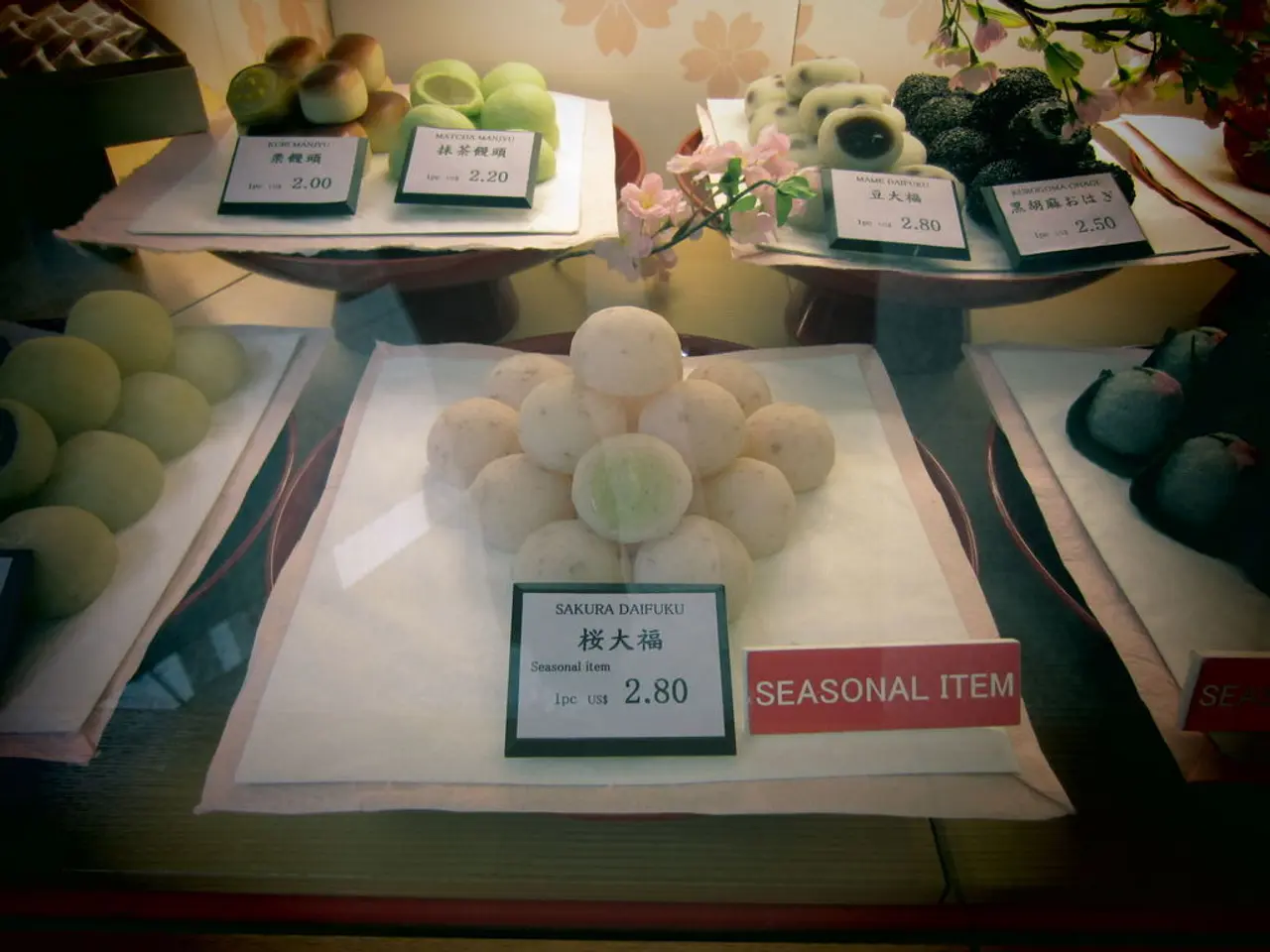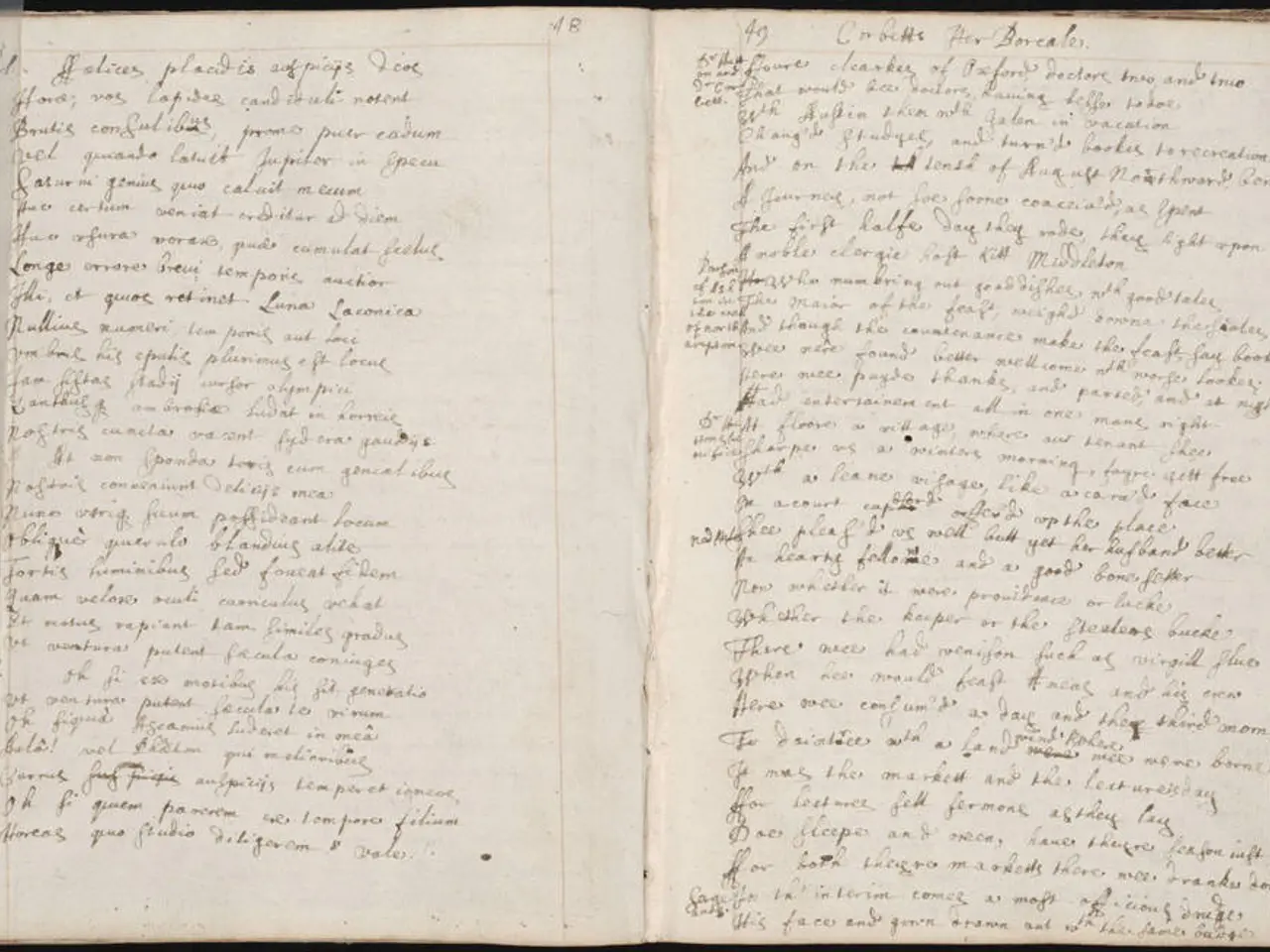Russians with savings in rubles facing hardship should heed warnings from Nabiullina in the upcoming future
In today's economic climate, managing personal savings in Russia can be a challenging task due to factors such as inflation and currency volatility. However, by adopting a strategic and adaptable approach, individuals can effectively safeguard and grow their savings.
1. **Diversify Across Asset Classes and Currencies**
Diversification remains a key strategy for mitigating risks. Spreading savings across various asset classes, including cash, ruble deposits, equities, commodities, and foreign currencies like US dollars or yuan, can help reduce exposure to domestic currency risk. Russian equities, though volatile, are relatively undervalued compared to Western markets and offer long-term growth potential[1][2].
Currency diversification is also important, given the ruble's volatility and likely long-term depreciation. For very long-term savings such as retirement or education funds, holding some assets in stable foreign currencies like the dollar or increasingly the yuan (as Russia promotes yuan-denominated trade) can help preserve purchasing power[1][5].
2. **Utilize Short-Term Deposits for Inflation Protection**
Given persistent inflation and ruble instability, short-term ruble deposits are a pragmatic choice to safeguard purchasing power and maintain liquidity, especially for near-term needs. This reduces exposure to currency depreciation and allows flexibility to adapt as conditions change[5].
3. **Invest in Quality Russian Equities with Caution**
While equities offer higher returns potential over time, the Russian market faces unique political and legal risks. Investing in a well-diversified portfolio of quality Russian stocks can yield better returns than holding cash, but investors must be prepared for volatility and country-specific risks[5].
4. **Monitor Macro and Geopolitical Factors**
Understanding macro and geopolitical factors is crucial for making informed decisions. The ruble shows a paradoxical behavior, often strengthening amid geopolitical tensions due to capital controls and mandatory repatriation of export earnings, which creates liquidity in ruble markets despite sanctions[1][3]. However, this strength is partly artificial, supported by Central Bank interventions and structural factors rather than fundamentals; depreciation risks remain.
5. **Explore Alternative Strategies**
Consider commodities exposure, such as gold or oil-related assets, which tend to perform well during inflationary periods and economic uncertainty[2]. Investigate opportunities to participate in yuan-denominated trade settlements or assets aligned with Russia’s pivot to China’s currency as part of de-dollarization, which could provide a hedge against dollar sanctions and ruble volatility[1].
By combining these approaches, keeping a flexible and informed stance, and regularly reviewing portfolio composition relative to evolving geopolitical and economic conditions, individuals can effectively diversify and manage personal savings in Russia’s volatile economic environment while minimizing risks[1][2][3][5].
The importance of continuous learning in the financial world, where it is constantly evolving, is emphasized. A personalized plan tailored to specific needs and goals can be developed by a financial advisor. Achieving the target inflation rate set by the Bank of Russia requires a review of approaches to managing personal finances.
In the ever-changing economic landscape, adaptability, knowledge, and a balanced approach to decision-making are key to financial stability. Staying informed about economic news, Central Bank decisions, and exploring new investment tools is crucial for making well-informed decisions.
- Incorporating diverse asset classes like cash, ruble deposits, equities, commodities, and foreign currencies such as US dollars or yuan into one's savings can help mitigate the risks associated with Russia's volatile economy, potentially offering long-term growth and protecting purchasing power.
- To safeguard purchasing power from persistent inflation and ruble instability, consider short-term ruble deposits for near-term needs, as they reduce exposure to currency depreciation and offer liquidity, enabling adaptation as conditions change.




